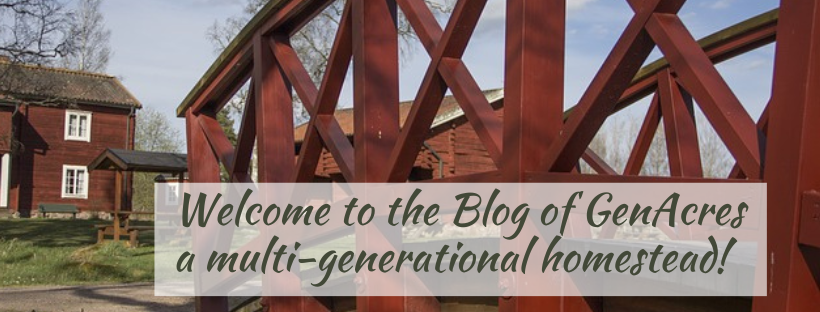Fast Growing Hostas
The sheer amount of hostas available on the market today can make your head swim! And there is a special beauty in those well-established mature hostas. They are always a stand out in the perennial garden.
So how do you get your hostas to grow quickly in your garden?
Here are some things to consider.
Hosta Variety
The first step to getting that great hosta size is to purchase hostas that are known to grow faster than other varieties.
These days hostas are available in a multitude of sizes, shapes and leaf and margin colors. Hosta varieties can also vary in the speed in which they grow. Some are labeled as "fast-growing," which basically means that they will quickly produce large numbers of buds each season which results in a larger clump the following year.
For a list of the fast-growing hostas available at Sunset Hosta Farm.com, click here.
Golden Tiara, pictured above, Guacamole and Blue Angel and many others fall into the fast-growing category. Generally, hostas with higher levels of variegation will put on divisions more slowly than, say, a solid green hosta.
Here at Sunset Hosta Farm, we grow and sell a nice variety of fast-growing hostas. To see our selection, click here.
Lack of Sunlight
The most common reason for slow growth in any hosta is the lack of sunlight. It is not true that hostas can grow in complete deep shade. All hostas need some sunlight for healthy growth. A site with morning sun and afternoon shade are commonly felt like the best spot for healthy hosta growth, however, the more sun the hosta gets, the faster it will grow.
Further Reading Using Epsom Salt on Hostas!
Perhaps over the years, a tree has grown over the hostas cutting down on the amount of sun they're getting. If too much shade is the problem, simply moving them to a sunnier area may very well correct the problem. Placing them in more sun may result in the leaves becoming more elongated and there may be a change in leaf color, but they will grow faster.
To read our article on the sun's effect on hosta leaf color, click here.
Adequate Moisture
This is probably the most important consideration in getting hostas to mature in the earliest amount of time.
Although older, more mature hostas can be rather drought tolerant and may need less water as the years go by, dry soil will cause hostas to grow more slowly and put out fewer leaves. Hostas receive plenty of rainfall in their native land, so a steady dose of water, at least one inch per week, is necessary during the growing season, and more water is necessary during the hot summer months.
Hostas that have a lot of white or yellow variegation in its foliage are more easily stressed by lack of water. This will really slow down their growth.
Water well in the Fall!
As long as the hosta leaves are green, when there's a lack of rainfall, the hosta plant will need to be watered at the base, even in the Fall.
This is because when a hosta emerges in the Spring, it is emerging on the energy and food reserves that the plant stored in its rhizome late the previous Summer and Fall. If the hosta received sufficient water in late Summer and Fall, it should emerge the next spring as a larger plant because it was able to store away more energy than it used.
Here is where a good soaker hose comes in really handy.
Fertilizer
Hostas are known to grow in nearly every soil type which is another reason for their continued popularity. If your hosta is remaining smaller than expected, a shot of fertilizer in early spring can give it the jolt it needs to encourage new growth.
One way to give your hostas a boost is to apply a balanced 10-10-10 slow-release fertilizer around the emerging clumps in the spring as they emerge. Hostas fertilized in the spring will likely not need another treatment. Remember not to fertilize hostas in the fall, as the plants are getting ready for their winter dormancy.
If you find your hosta needs a boost in early summer, a fertilizer with a bit more nitrogen will help the leaves look their best.
Another way to give your hostas a magnesium boost is to treat them with Epsom Salt. For an article about using Epsom Salt on your hostas, click here.



Investing in a portable leaf sprayer is a good investment if you have plenty of hostas.
~~~~~~~~~~
If you have a large space to fill quickly, start out with fast-growing hosta cultivars, give them a partly sunny spot, give them lots of water and a shot of spring fertilizer. Step back and watch them grow!
~~~~~~~~~~
~~~~~~~~~~
Where to go next!
Hosta Articles - Full List
Follow us on Pinterest!
Follow us on Instagram!
Hit the "Follow" button on Home Page!
This post may contain Amazon affiliate links and as an Amazon Associate I earn from qualifying purchases without costing you anything extra.



















This comment has been removed by a blog administrator.
ReplyDelete